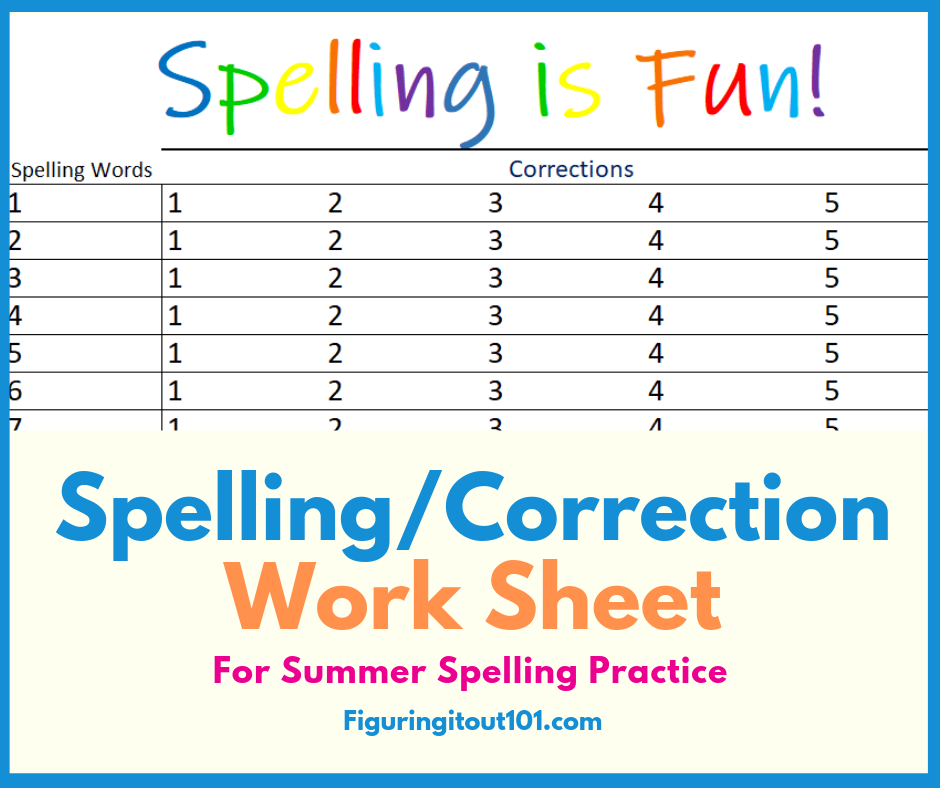Physical spelling is an intriguing concept that combines the elements of language, movement, and expression in a unique way. As a method of communication, it transcends traditional spelling techniques, inviting participants to engage their bodies alongside their minds. This article delves into the multifaceted world of physical spelling, exploring its origins, applications, and the ways it can enhance learning and creativity in various contexts.
In an age where digital communication reigns supreme, the resurgence of physical spelling offers a refreshing perspective. By incorporating tactile and kinesthetic elements into spelling, individuals can deepen their understanding of language while fostering a tangible connection to the words they express. This method not only aids in memorization but also enriches the overall learning experience, making it more dynamic and interactive.
Moreover, physical spelling can be particularly beneficial for educators seeking innovative strategies to engage students. As we examine its implications across different settings, we will uncover the potential benefits of this unique approach, and how it can be integrated into various educational frameworks. Join us on this journey as we unravel the intricacies of physical spelling and its significance in today’s world.
What is Physical Spelling?
Physical spelling can be defined as the act of spelling words by using one's body to represent letters or sounds. This approach often involves gestures, movements, or even the use of props, allowing individuals to physically embody the language they are working with. By doing so, learners tap into their kinesthetic intelligence, which can enhance memory retention and comprehension.
How Did Physical Spelling Originate?
The roots of physical spelling can be traced back to various educational philosophies that emphasize experiential learning. Techniques akin to physical spelling have been employed in classrooms for decades, often integrated into language arts and special education curricula. As educators recognized the diverse learning styles of students, they began to explore methods that combined physical activity with literacy development.
Who Can Benefit from Physical Spelling?
Physical spelling is not limited to any specific age group or demographic. It's a versatile technique that can benefit:
- Children – especially those with learning disabilities
- Students in traditional classrooms looking for engaging learning methods
- Adults seeking to improve their language skills or explore new learning strategies
- Performers and artists who wish to express language through movement
What Are the Key Techniques of Physical Spelling?
Incorporating physical spelling into practice involves several techniques, including:
- Body Letters: Forming letters with different parts of the body.
- Letter Shapes with Props: Using items like scarves or hula hoops to create letter shapes.
- Shadow Spelling: Partnering up to spell words using shadows on a wall.
- Movement Patterns: Associating specific movements or dances with words.
Can Physical Spelling Enhance Learning Outcomes?
Research has shown that physical activity can significantly boost cognitive function. By incorporating movement into spelling exercises, learners may experience improved retention of information and increased engagement. Physical spelling not only makes learning fun but also encourages collaboration and creativity among participants.
What Role Does Physical Spelling Play in Special Education?
In special education settings, physical spelling can be an invaluable tool. It provides a multisensory approach to learning that can be particularly effective for students with dyslexia, ADHD, or other learning challenges. The physical aspect of spelling allows these students to express themselves in ways that traditional methods may not facilitate, promoting confidence and independence in their learning journeys.
How Can Educators Implement Physical Spelling in the Classroom?
To effectively integrate physical spelling into the classroom, educators can:
- Design interactive spelling games that incorporate movement
- Utilize group activities to foster collaboration
- Encourage students to create their own physical spelling activities
- Adapt lessons to cater to various learning styles
What Are the Future Prospects of Physical Spelling?
As education continues to evolve, the potential for physical spelling to gain traction in mainstream teaching practices is promising. With the rise of personalized learning and the emphasis on holistic development, more educators may turn to this innovative method. By embracing physical spelling, we can create a richer, more dynamic learning environment that respects and nurtures the diverse abilities of all students.
Conclusion
In conclusion, physical spelling presents a fascinating intersection of language and movement, offering numerous benefits for learners of all ages. By understanding its origins, techniques, and applications, we can appreciate the role it plays in enhancing literacy and communication skills. As we look to the future, it is essential to continue exploring and embracing innovative practices like physical spelling that encourage creativity and engagement in learning.




